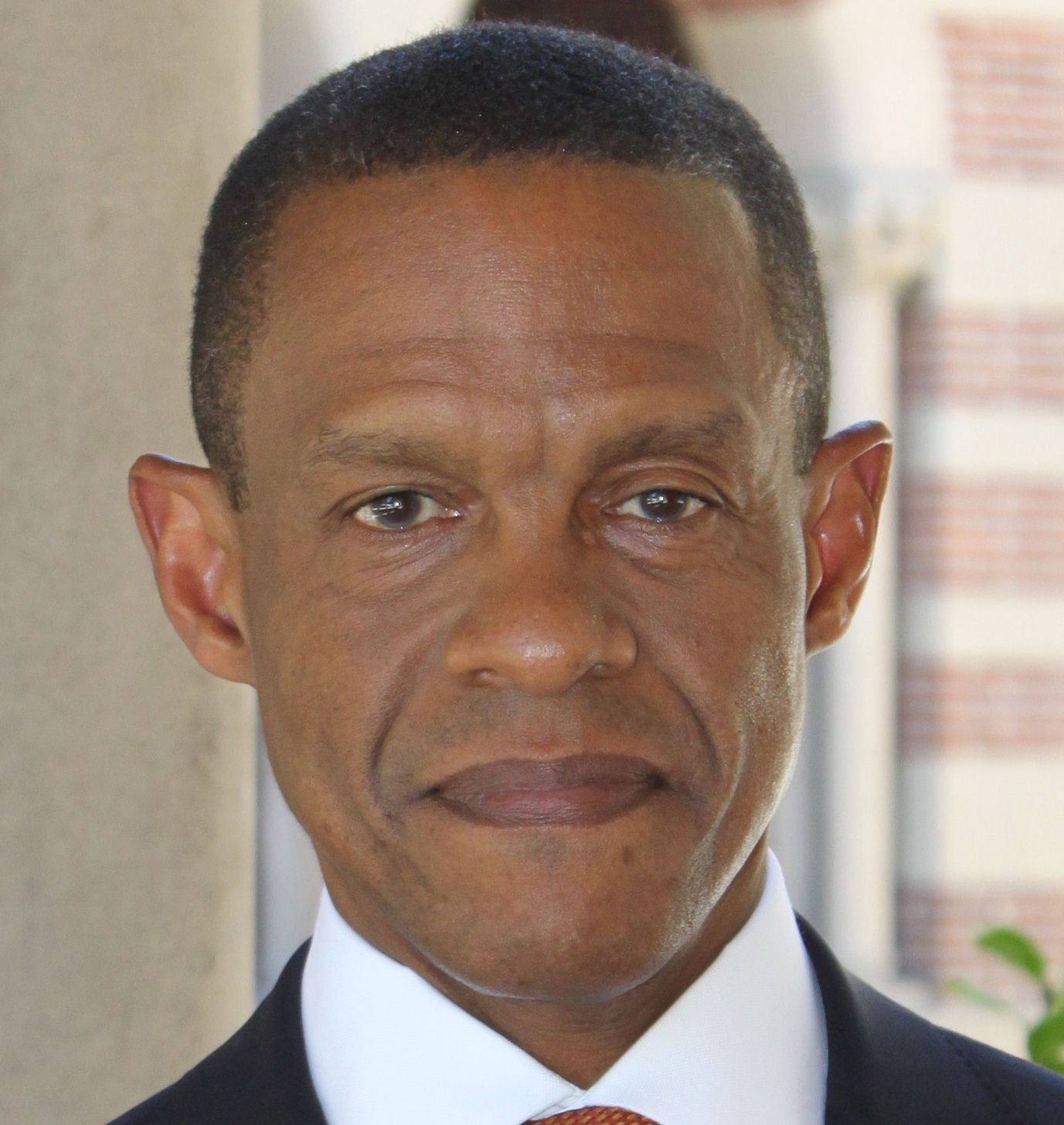On Wednesday, the House Homeland Security Committee held a hearing on what the federal government is doing to counter international and domestic terrorism. Ostensibly, the hearing was meant to look at countering all violent extremism, although the evident impetus was concerns over Islamic State-inspired attacks. Late yesterday, the Committee voted in favor of a new bill introduced by Chairman Mike McCaul – the Countering Violent Extremism (CVE) Act of 2015 (H.R. 2899) – which would create a CVE Office within the Department of Homeland Security.
That phrase, Countering Violent Extremism (CVE), is yet another acronym in the fight against terrorism and perhaps another chance to get it right. McCaul’s legislation must take on a more nuanced, thoughtful and intelligent perspective of homegrown violent extremism (HVE) than we have seen thus far in government efforts to thwart the growth of extremist ideology and violence. This is not just about ISIL or those inspired by a radical, violent interpretation of Islam. If we’re serious about countering growth in HVE, we need to legitimately focus our efforts on all forms of it. And that means we must engage the people this legislation is intended to protect. The American people – all of them. We need look no further than across the Atlantic to see what happens when programs intended to counter HVE focus on only one group and community.
In 2003, in an effort to reduce the risk of “al Qaeda-inspired” recruitment, radicalization and related terrorist incidents, the United Kingdom launched the Preventing Violent Extremism Strategy (Prevent). It was considered one of the best in the world when it was first implemented. At its core, Prevent focused on radicalization and recruitment prevention (rather than simply HVE detection) and acknowledged the importance of enlisting the community in the fight against terrorism. In the words of Charles Farr, the head of the U.K.’s Office for Security and Counter-terrorism, Prevent was “the Government’s recognition that as a nation, we cannot arrest our way out of the terrorist threat we face” nor can we “protect ourselves physically to the point where the threat is mitigated entirely.”
That is sage wisdom for America’s challenges with terrorism, but we need to also look at the results of the British program. The Prevent strategy was criticized (and ultimately failed in its initial form) for four primary problems:
- The strategy’s concept of radicalization: There was a lack of consensus or conceptual clarity on the definition of radicalization.
- A narrow focus on Muslims: The original program looked exclusively at the Muslim community, essentially labeling all Muslims as potentially “at risk” while ignoring other groups engaged in extremist activities.
- The implementation methodology: The program funded efforts in Muslim communities based on the size of the Muslim population in a given area. Inasmuch as the additional risk factors were ignored (particularly other sources of extremism), the community perceived that the program was intended to “spy on Muslims.”
- Negative program consequences: In considering the Muslim population (irrespective of behavior), the program inadvertently created a relationship of mistrust. This compromised the goal of community engagement and support and potentially helped create an environment ripe for extremist recruitment based on the resentment of the British government.
One major error with Prevent was a failure to engage stakeholders before implementation so as to determine challenges unique to the communities it was meant to help. What is more, evaluation of Prevent occurred only after widespread criticism of the strategy’s shortcomings. At that point, the challenge became not just creating an effective strategy but also rebuilding the community trust that is central to addressing HVE.
Looking to the United States, it would seem we are heading down a similar (and ultimately futile) path. The much-debated CVE Pilot Programs in Los Angeles, Minneapolis and Boston have engendered widespread backlash in those cities because the perception is that CVE is focused exclusively on Muslim populations. Yet, in Britain, we saw how approaching communities based on religion or country of origin neutralizes an effort before it gets out of the gate.
To be sure, Muslim-identity extremism is a threat, but it is not the only nor even the greatest threat. Consider two recent studies assessing the threat from HVE:
- In 2014, a National Consortium for the Study of Terrorism and Responses to Terrorism (START) Center’s report found that law enforcement views the anti-government Sovereign Citizen movement as the top terrorist threat, followed by Muslim extremists and militia/patriot group members.
- In 2015, the New America Foundation reported that since September 11, 2001, nearly twice as many victims have been killed by anti-government adherents, white supremacists and other non-Muslim extremists than by radical Muslims: 48 were killed by non-Muslim extremists, compared with 26 self-proclaimed jihadists.
As explained in my book, Homegrown Violent Extremism, terrorism is the product of an alienated individual, a legitimizing ideology and an enabling environment. The environment (i.e., the community) is most susceptible to positive influence to reduce the risk of HVE. The issue of an enabling environment must be addressed in terms of enhancing social morality, responsibility and community integrity, with the intended outcome of facilitating community-based efforts to identify and explore solutions to continuing challenges. If CVE becomes synonymous with countering violent Muslim extremism, we are doomed to fail and will not even address the greatest terrorist threats in this country.
The United States can enhance its security posture by implementing strategies that work with communities. It begins with those residents having a seat at the table to contribute to policy development, implementation and evaluation that will ultimately affect them. The community holds the key to the success of any program intended to counter violent extremism. Let’s get this right.
-
Christian Picciolini


